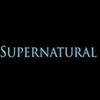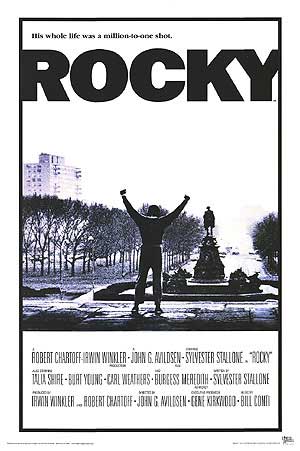Today, after 4h of solid filming we finished our first scene in the kitchen!!!! So we've done most of the work now. At the end of the day I was triple tired, but happy we've done so much. My legs were killing me after 4h of basically standing up, I hope it will pay off with good movie!
We had a storyboard with us and we looked at it in order to know what will happen next, but we mostly figured out shots as we went along. We filmed the same scene many times, just to get the best clips. This time we took it more serious, we still laughed but not so much as eg when we filmed in college. This was very independent work and we could only rely on ourselves because there was no teacher to help us. Luckily we coped with this well and did a great job.
This is the clip I made with pictures we've taken during filming with soundtrack and storyboard, enjoy:



































